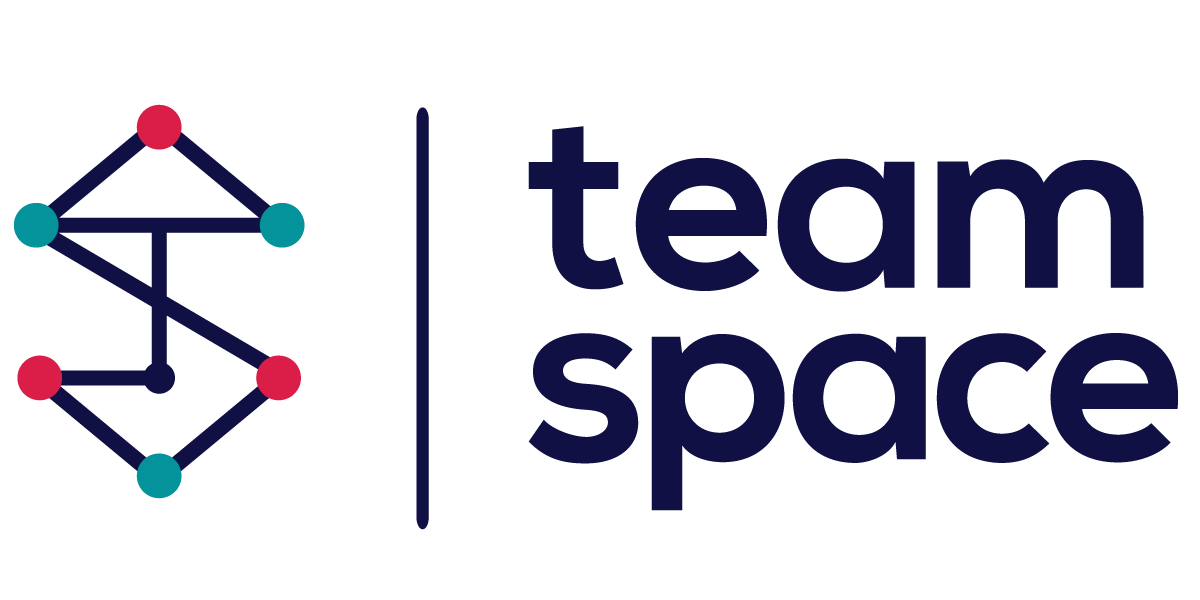Teams, Users, and Roles
Introduction
Team Space is a comprehensive digital workspace designed to facilitate efficient collaboration and resource management. Within this environment, the concepts of Teams, Users, and Roles are fundamental to organizing and managing access and permissions effectively. This documentation provides an overview of these key concepts, explaining how they interact to create a seamless and secure collaborative experience.
Users
Users are individuals who have been granted access to log in and use the Team Space system. Each user has unique login credentials and can be assigned various permissions and roles depending on their responsibilities and the needs of the organization.
- User Management: Space Owners and Space Managers have the ability to add or remove users, ensuring that only authorized individuals have access to the digital workspace.
- Access Control: Users’ access to different resources and modules is controlled through roles and team assignments.
Teams
Teams are groups of users organized to work together on specific tasks, projects, or resources. Teams facilitate efficient collaboration and management within the digital workspace.
- Creation and Management: Space Owners and Space Managers can create teams, adding or removing users as necessary. This flexibility allows for dynamic team structures that can adapt to changing project needs.
- Resource Assignment: When a team is assigned to a resource (such as a document), all members of that team gain access to that resource. Conversely, if a user is removed from the team, they immediately lose access to the resource.
- Dynamic Access Control: The ability to add or remove users from teams allows for real-time management of access and permissions, ensuring that only relevant team members have access to specific resources at any given time.
Roles
Roles are predefined sets of permissions that can be assigned to users or teams to control access to various resources and modules within Team Space.
- System Roles: Team Space comes with a set of default roles that provide basic access control. These roles cover essential functions and ensure that the system operates securely.
- Custom Roles: Space Owners have the ability to define and assign new roles based on the specific needs of their organization. This feature provides a high level of customization and control over access and permissions.
- Role Assignment: Roles can be assigned to individual users or entire teams. This assignment dictates what resources (such as templates or modules like the Survey module) a user or team can access.
- Examples of Roles:
- HR Manager Role: May include permissions to access and manage HR-related documents and modules.
- Survey Manager Role: Grants access to create, manage, and analyze surveys within the Survey module.
Interaction between Teams, Users, and Roles
- Dynamic Access Management: By combining teams and roles, Team Space allows for granular control over who can access and manage various resources. When a user is added to a team, they inherit the roles and permissions associated with that team.
- Resource Control: Assigning a team to a resource ensures that all team members have the necessary access, while removing a user from a team immediately revokes their access to the resource. This dynamic approach ensures that access is always up-to-date and secure.
- Customization and Flexibility: Space Owners and Managers can tailor the structure of teams and roles to fit the unique needs of their projects and organizational structure, ensuring that the right people have the right access at all times.
Conclusion
The concepts of Teams, Users, and Roles in Team Space are designed to provide a flexible, secure, and efficient way to manage collaboration and access within a digital workspace. By understanding and utilizing these concepts, organizations can ensure that their projects run smoothly and that resources are managed effectively, providing a robust framework for teamwork and productivity.
